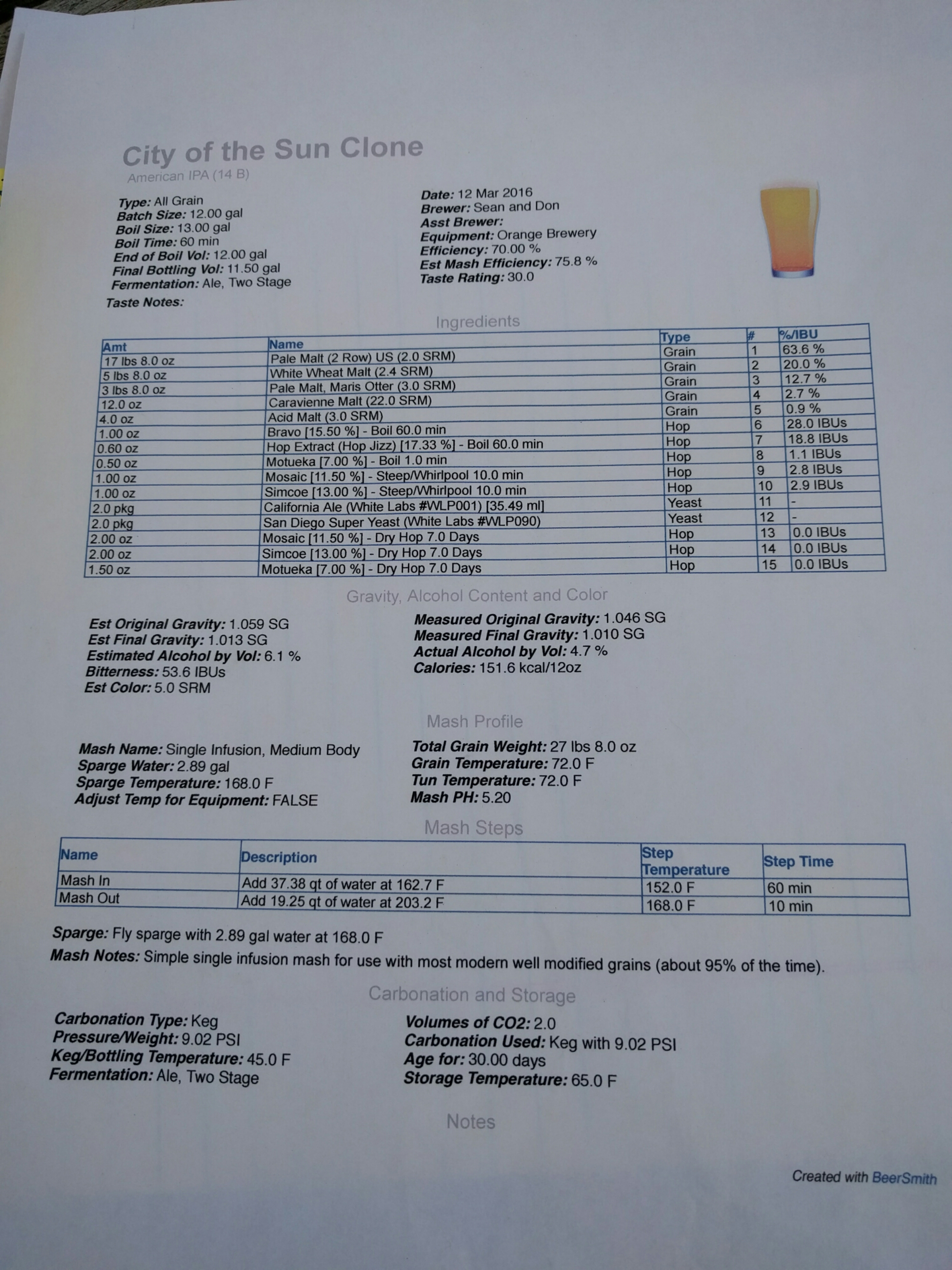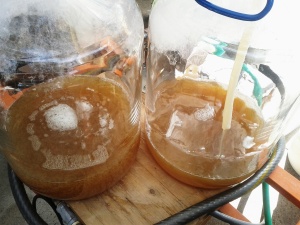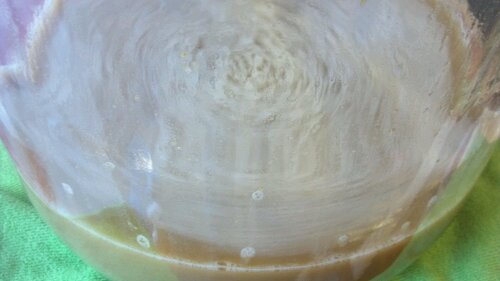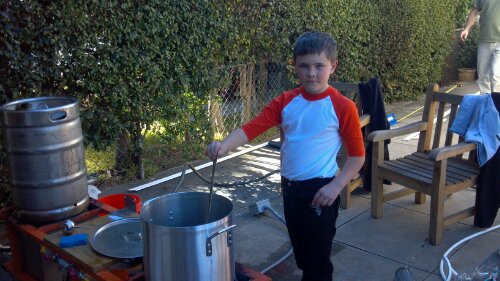It’s bee n 4 long years but we are back brewing again in a new venue, but with the same brew rig and same approach.

Today’s beer is a simple Blond Ale, with a small twist. We are using two row, pilsner and oats in the mash. we were looking for an ABV with a mid to low 4% range, full mouth-feel and, perhaps a bit of a cloudy appearance. Kind of a low abv hazy blonde.

Given the Covid-19 limitations on sourcing ingredients, we were unable to get the hops and yeast we were hoping for. Coastal Haze (White Labs WLP067) was replaced with WLP001 (a great yeast but very different). Liberty hops in our recipe were replaced by Willamette. We were able to get the grains, kölsch yeast (WPL029) for the split fermentation and some Cascade hops.

We are using Ekuanot (formally known as Equinox) cryo hops,(from our freezer stash) for our dry hop.

We were a bit behind the digital curve and downloaded the newest version of BeerSmith software and it was very easy to upgrade. All of our old recipes automatically showed up and we love the new version. Even after a long layoff, we hit our Mash temperature of 152 F easily and our original gravity (1.042) was only a single point higher than the software estimation. We feel like the brew day rust was easy to knock off and maybe we can brew some more this summer, too.














































